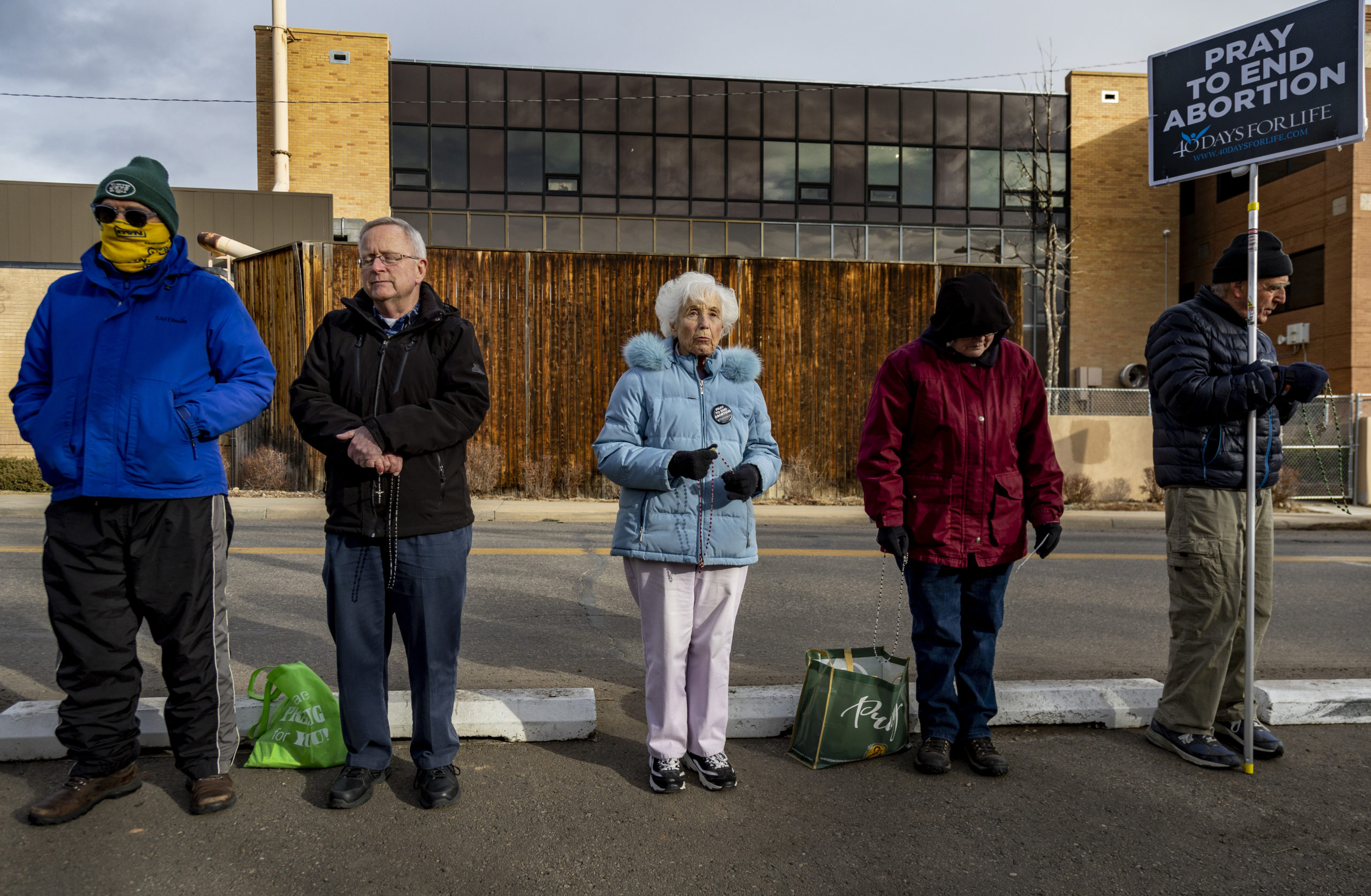Enemies of the State
The kind of men who first served the post-war security state are now classed among the first ranks of the enemies of the regime.

Fed suppression of domestic dissent used to be, you know—cool.
In their golden age, the FBI and CIA were made up of a bunch of old-school establishment WASPs and Opus Dei Catholics, quashing the commies at home and abroad through other-than-democratic means. They tapped Red phone lines from Atlanta to Los Angeles and ran around places like Spain and Chile and Poland in service not just of the American Republic but of a clearly defined and firmly believed-in West. They wore suits, they went to church, and they did not share their pronouns on introduction.
As most people will know, the entire American security state rose up virtually overnight in response to that single threat of communism. The expansion of domestic surveillance after 9/11, though aided by more advanced technology, was actually a far less dramatic shift in the state’s relation to the people than that which came at the start of the Cold War.
Back before American empire became cringe again—the brief and only partial interlude between Wilsonian democratism and Reaganite neoliberalism—most agents of the state had a pretty good idea who America’s enemies were. (Turncoat commies like Alger Hiss and the dozens of others whose presence Joe McCarthy courageously revealed to the American people 73 years ago this week notwithstanding.) They also had a decent grasp of what they were defending.
Now, the domestic security apparatus focuses on American parents who don’t want their kids mutilated or sodomized or taught in kindergarten about the irredeemable evil of their skin color—that is, when it’s not keeping a watchful eye on the U.S. Capitol complex. Or it spends months and months carefully monitoring unhinged young men online, goading them along the path away from reason, then steps back and stands by while they commit the acts of mass violence that justify the continued expansion of the security state itself.
Or, in the latest development of a now familiar trend, they target Catholics who may have slightly non-modern sensibilities, lumping them in with “racially/ethnically motivated violent extremists”—with whom, we are supposed to believe, they share a number of “policy issues of mutual interest.” These include “abortion rights [sic], immigration, affirmative action, and LGBTQ protections.”
That’s the gist of an internal memo circulated by the FBI Richmond field office last month, leaked by a former agent Wednesday on the website UncoverDC.
This is unsurprising in an age when a Catholic family man like Mark Houck can and will be arrested at gunpoint by FBI agents on trumped up charges—though Houck, a devoted pro-life activist, has suggested he will press charges for the feds’ blatant abuse.
Still, as the federal government’s war on people of faith becomes more and more normalized, it is still worth considering where the conflict comes from, and where it is headed.
I am not what most people would call a “radical traditionalist,” at least not in the usual sense. I hear the new mass more often than the old. I have a great affection for Pope Francis, that great postliberal stalwart. I don’t even own any tweed.
Yet we should all be worried about the implications of the Richmond memo, even as the FBI attempts to walk it back. After a leak, our top national law enforcement agency was forced to admit that the Southern Poverty Law Center, a notorious left-wing hack group, was not a legitimate source. That admission, backed into a corner, does not change the fact that the FBI does regard people of faith as a threat, for exactly the reasons the SPLC does.
Set aside the fact that the whole violent-racist smear is rather silly in the context of the Church. (Having spent a good bit of time in both kinds of parishes, I can say with a fair degree of confidence that most “rad-trad” churches are substantially less white than your average Novus Ordo congregation.) The list of red-flag “policy issues” makes clear that it is for simple assertions of faith—beliefs in natural law, in life, in a healthy social order—that “radical-traditionalist Catholics” are regarded as a threat.
It is in flashes of clarity like these that we see American decline as not just a slowdown but a reversal: a complete turnaround of the civilizational values and priorities that grounded this country even in living memory.
Subscribe Today
Get daily emails in your inbox
Thus, the kind of men who first served the post-war security state—and thought that in doing so they defended a Christian Republic against the gravest threat Christendom had faced in 400 years—are now classed among the first ranks of the enemies of the regime. The kinds of beliefs even that earlier generation’s liberal flank would have called common sense are now dangerous right-wing extremism.
It is just one small subset of the entire American crisis in the 21st century: an apparatus of massive power long established on Christian grounds has now lost all its faith and none of its authority.
Whether its faith can be restored or its power stripped away remain open and pressing questions. If neither can be managed, dark times loom for the faithful of this country.
Comments